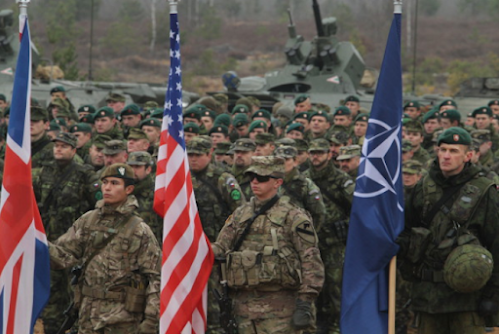International Military Heads of states and governments joining NATO meet to discuss security in Ukraine on Friday, February 2, 2022. On that occasion, NATO Secretary General Jens Stoltenberg announced that NATO is opening 40,000 NATO Response Force (NRF) troops.
For Stoltenberg, Russia's invasion of Ukraine was the most serious crisis facing Europe for decades. "The NRF will be deployed on land, at sea and in the air of eastern Europe for collective defense purposes," he was quoted as saying on the axios website.
The NATO secretary general said the size of the NRF has tripled since 2014, but not all troops will be deployed. He also said that NATO countries would provide additional weapons and air defense systems to Ukraine at the request of his government.
"We started the NRF to prevent miscalculation, that we were not ready to protect and defend all our allies," he stressed. "This is something that all allies agree on," said the NATO secretary general.
In addition to the deployment of NRF troops, NATO will also continue to support the country's military strength, quoted from newsweek.
Stoltenberg did not differ on the specifics of what weapons NATO allies provide to Ukraine, other than saying that those weapons include air defense systems and various types of equipment. Russia's attack on Ukraine will also have an impact on innocent people there and will also disrupt the security order in Europe.
What is the NATO Response Force (NRF)?
NRF is a multinational force that is very agile and technologically advanced consisting of land, air and maritime components. Coupled with Special Operations Forces (SOF) that alliances can deploy quickly, wherever they are needed.
In addition to its operational role, the NRF can be used for greater cooperation in education and training, increased training, support for disaster relief and better use of technology. The NRF's overarching goal is to be able to provide a rapid military response to emerging crises, either for collective defense purposes or for other crisis response operations.
The NRF is also open to partner countries, once approved by the North Atlantic Council, citing the nato.int page. Participation in the NRF was preceded by national preparation, followed by training with other participants from the multinational force.
As units rotate through the NRF, related standards, concepts and technologies gradually spread throughout the alliance. The NRF's operational command alternates annually between the Allied Joint Force Commands in Brunssum, the Netherlands, Naples and Italy.

